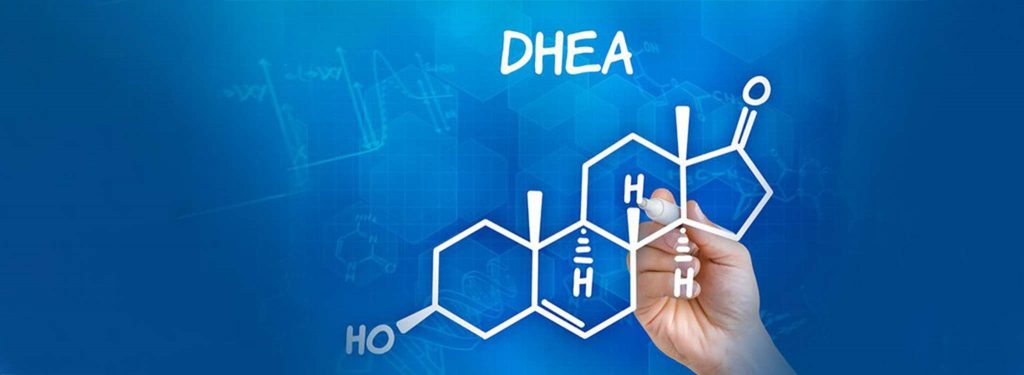
Abstract
Since 2008, we have conducted epidemiological cohort studies on the relationship between dioxin exposure and disruption with children in the area sprayed with defoliants during the Vietnam War. In a long-term survey of children through the age of five, we observed androgen disruption due to decreased dehydroepiandrosterone (DHEA) and testosterone levels. In this study of 7-year-old, we separately elucidated androgen disruption for boys and girls, and discussed with respect to hormone disruption with sex differences on the steroid hormone biosynthesis process. This follow-up was conducted with 96 mother-child pairs in Vietnam (hotspot area: 45, non-sprayed area: 51). We took a questionnaire, the physical measurement and assayed 7 steroid hormones in their serum by LC-MS/MS. We examined the relationship between the hormone levels in the serum and dioxin levels in the maternal breast milk. The results showed that the serum DHEA level in the 7-year-old children in the hotspot recovered to levels in the non-sprayed area. The testosterone level of 66.5 pg/mL for boys in the non-sprayed area was 1.5 times the girls level of 44.6 pg/mL, a male-dominant effect. The testosterone level in boys and girls from the hotspot were significantly lower than in the non-sprayed area with no sex difference. The 17β-hydroxysteroid dehydrogenase (17β-HSD) activity was significantly higher in boys than in the girls from the non-sprayed area, but was significantly lower in the hotspot boys than in the non-sprayed area boys. Both the testosterone level and 17β-HSD activity in the boys were inversely correlated with the TEQ total PCDD/Fs in the maternal breast milk. These results indicated that dioxin delayed the expression of the testosterone level and 17β-HSD activity with growth in the 7-year-old boys. The serum DHEA in the 7-year-old children recovered to the levels of the children in the non-sprayed area.
Keywords: 7-year-old Vietnamese children; Androgen disruption; Cohort study; Dioxin exposure; LC-MS/MS; Steroid hormone.
